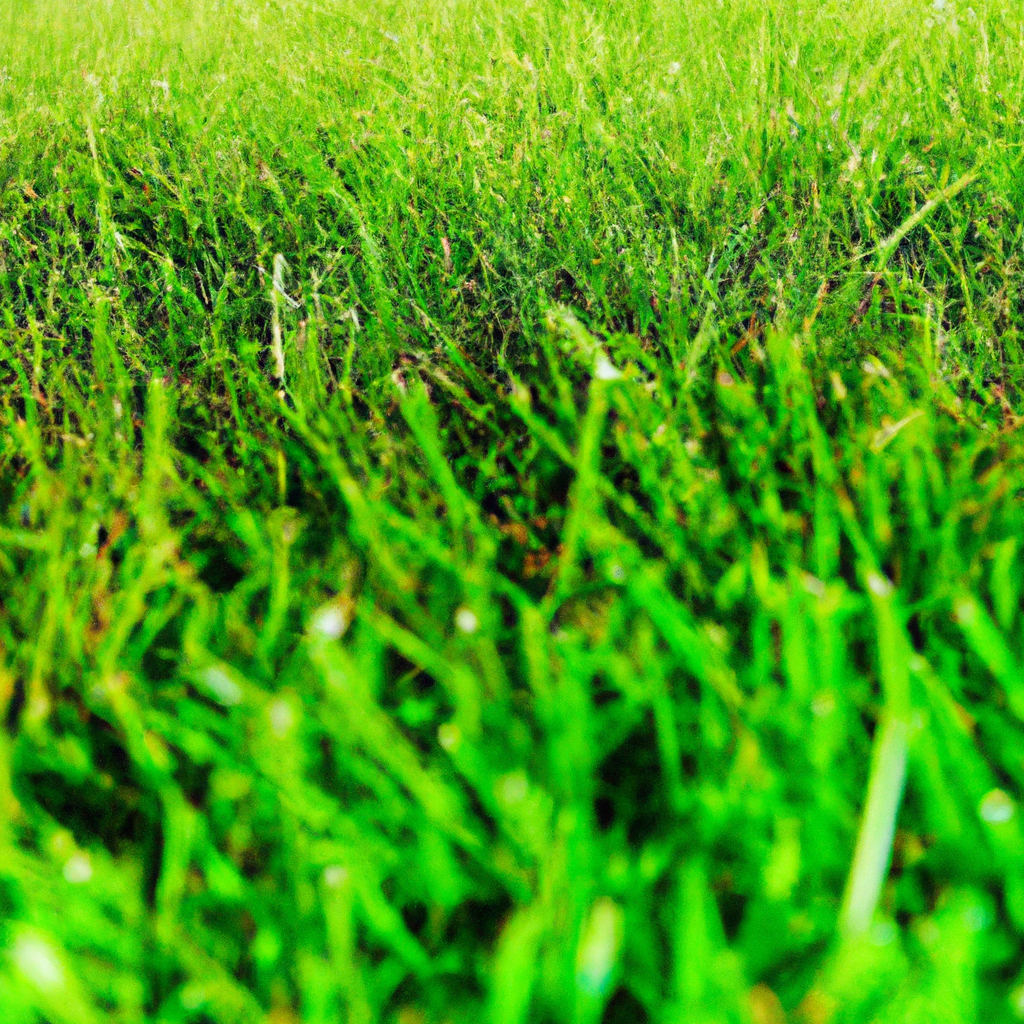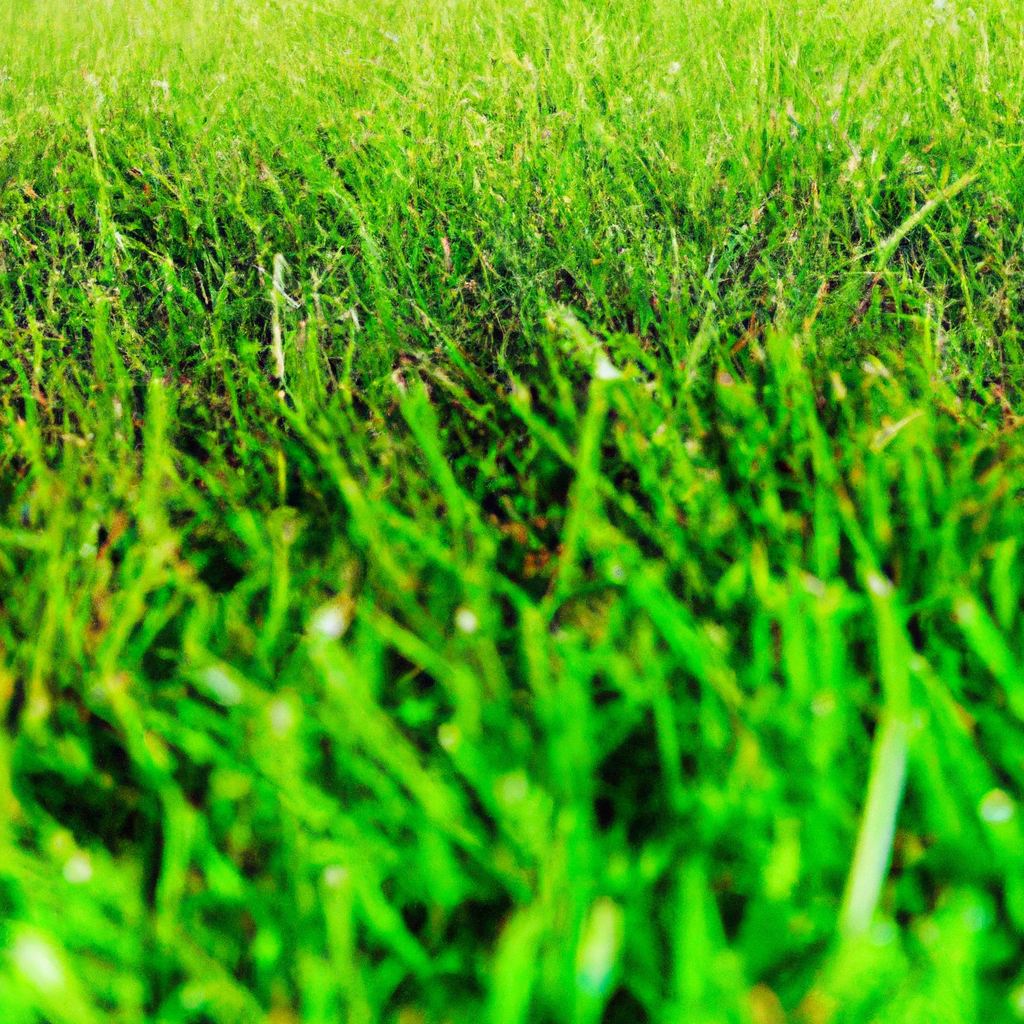Maintaining a well-groomed lawn during the summer months can be a challenging task, but it doesn’t have to be. In this article, we will explore the importance of finding the perfect mowing frequency for your lawn to achieve that lush green perfection. Say goodbye to unruly grass and hello to a yard that will make your neighbors envious. Let’s dive in and discover the secrets of summer lawn care!
Factors to Consider
When determining the perfect mowing frequency for your lawn, there are several factors that you should take into consideration. These factors include the type of grass, the climate in your region, the soil conditions of your lawn, and the overall health of your lawn. By understanding these factors and how they affect your grass, you can make informed decisions about how often to mow your lawn.
Type of Grass
Different types of grass have different growth rates and maintenance requirements. Some common types of grass include Kentucky bluegrass, Bermuda grass, and St. Augustine grass. Each of these grasses has specific needs when it comes to mowing frequency. For example, Bermuda grass, which is a warm-season grass, tends to grow more quickly during the summer months and may require more frequent mowing compared to cool-season grasses like Kentucky bluegrass.
Climate
The climate in your region also plays a significant role in determining the ideal mowing frequency for your lawn. In areas with hot and dry summers, the grass may grow more slowly, requiring less frequent mowing. On the other hand, in regions with mild climates and abundant rainfall, the grass may grow more quickly, necessitating more frequent mowing. By considering the specific climate conditions of your area, you can adjust your mowing frequency accordingly.
Soil Conditions
The condition of your soil can impact the growth rate and health of your grass, which, in turn, affects the recommended mowing frequency. Healthy, well-aerated soil promotes vigorous grass growth and can allow for longer periods between mowing. Conversely, compacted or nutrient-deficient soil may hinder grass growth and require more frequent mowing to maintain an optimal lawn appearance. Conducting soil tests and addressing any soil issues can help determine the appropriate mowing schedule.
Lawn Health
The overall health of your lawn is crucial in determining the right mowing frequency. A healthy lawn will have dense grass coverage, which can lower the frequency of mowing as the grass can withstand longer periods without cutting. Moreover, a well-maintained lawn with proper watering, fertilization, and weed control practices can reduce the need for frequent mowing. Ensuring your lawn is in good health will not only improve its appearance but also minimize the frequency of mowing required.
Understanding Grass Growth
To establish the perfect mowing frequency, it is essential to understand how grass grows and the factors that influence its growth rate and health. By gaining this knowledge, you can better determine when and how often to mow your lawn.
Grass Growth Rate
Grass growth rate refers to how quickly the grass blades grow vertically. This rate is influenced by various factors, including the type of grass, climate, temperature, sunlight exposure, and soil conditions. Understanding the growth rate of your specific grass type will help you gauge how quickly it will require mowing.
Height Guidelines
Maintaining the appropriate height of your grass is crucial for its health and appearance. Different grass types have different height recommendations, and failing to abide by these guidelines can lead to stress and damage. Generally, it is best to mow no more than one-third of the grass blade’s length at each mowing session to avoid excessive stress on the grass. Proper height maintenance is essential for optimum growth and overall lawn health.
Grass Stress Factors
Various stress factors can negatively impact the growth and health of your grass. Overmowing, undermowing, incorrect mowing techniques, and environmental stressors such as drought and extreme temperatures are common stressors that can weaken the grass. By avoiding these stress factors and understanding how they can affect your grass, you can mow your lawn at the appropriate frequency to promote healthy growth.
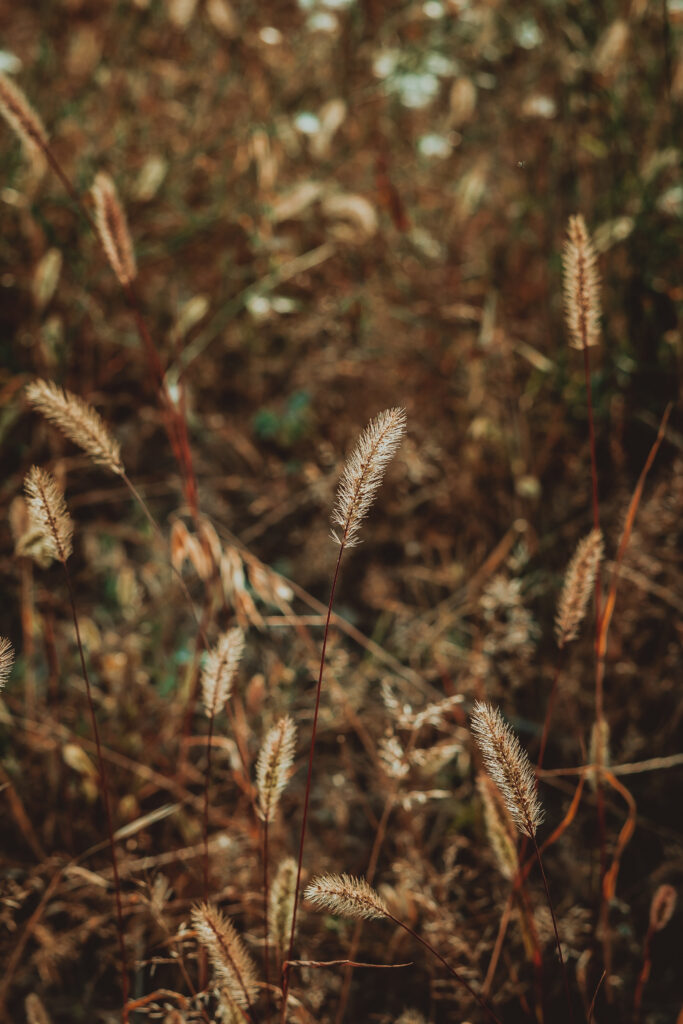
Effects of Mowing Frequency
The frequency at which you mow your lawn has significant effects on its overall health and appearance. By considering these effects, you can make informed decisions about how often to mow your lawn.
Grass Density
Mowing frequency plays a crucial role in establishing a dense and lush lawn. Regular mowing helps promote lateral growth, leading to a more robust grass canopy and increased density. By mowing at appropriate intervals, you can encourage the development of a dense turf, which not only boosts your lawn’s aesthetics but also helps suppress weed growth.
Weed Growth
The frequency at which you mow your lawn directly affects the growth of weeds. Frequent mowing helps to prevent weeds from establishing deep root systems and spreading throughout your lawn. By cutting off the weed seed heads and keeping the grass at an optimal height, you can significantly reduce the occurrence and spread of weeds.
Water Consumption
Mowing frequency can impact the water requirements of your lawn. Longer grass blades provide shade to the soil, reducing evaporation and improving water retention. By mowing at appropriate intervals, you can help conserve water by keeping the grass at an optimal height that promotes water efficiency.
Root Development
Regular mowing stimulates root growth by encouraging the grass to develop a stronger root system. A robust root system helps the grass absorb nutrients and water more efficiently, leading to better overall lawn health. By mowing at the right frequency, you can promote healthy root development, resulting in a stronger and more resilient turf.
Mowing Techniques
To achieve the best results when mowing your lawn, it is important to employ proper mowing techniques.
Mower Selection
Choosing the right mower for your lawn is crucial. Factors such as the size of your lawn, terrain, and personal preferences should be considered. Walk-behind mowers are ideal for smaller lawns, while riding mowers are more suitable for larger areas. Additionally, reel mowers can provide a more precise cut for those seeking a well-manicured lawn. Selecting the appropriate mower will ensure efficient and effective mowing sessions.
Blade Sharpness
Maintaining sharp mower blades is essential for achieving clean and healthy cuts. Dull blades can tear the grass instead of cleanly cutting it, which can lead to stress and increased water loss. Regular blade sharpening or replacement is recommended to ensure optimal mowing results and minimize potential damage to the grass.
Mowing Pattern
Altering the mowing pattern with each session can help prevent grass blades from being pushed in the same direction repeatedly, which can lead to compaction and uneven growth. By changing your mowing pattern, such as mowing in a diagonal or crisscross pattern, you can encourage upright grass growth and promote an even and aesthetically pleasing lawn appearance.
Clipping Disposal
Proper disposal of grass clippings can play a role in recycling nutrients back into the lawn. Leaving clippings on the lawn, also known as grasscycling, can add valuable nitrogen and organic matter to the soil. However, if the grass clippings are excessive or clump together, they should be collected and properly disposed of to prevent smothering the grass and promoting disease.
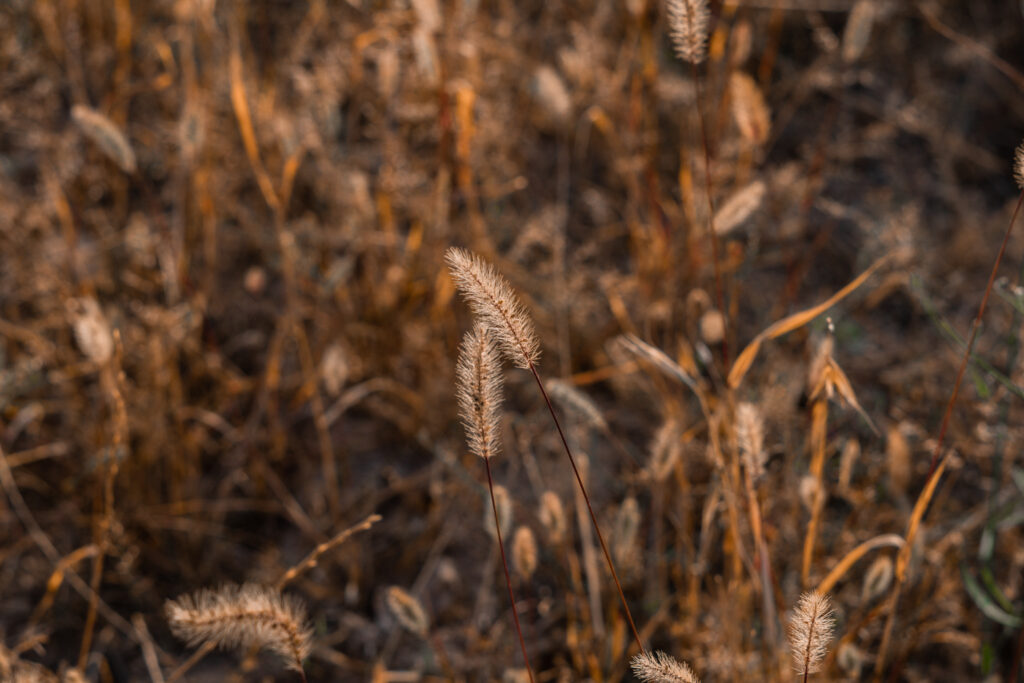
Recommended Frequencies
The ideal mowing frequency differs for cool-season grasses, warm-season grasses, and transition zone grasses. Understanding the recommended frequencies for each grass type will help you maintain a healthy and well-manicured lawn.
Cool-Season Grasses
Cool-season grasses, such as Kentucky bluegrass, fescue, and ryegrass, grow most vigorously during the spring and fall seasons. During these periods, it is recommended to mow your lawn every 7-10 days. In the summer months, when the grass growth slows down, you can reduce the mowing frequency to every 10-14 days. However, it is important to note that the exact frequency will still depend on the grass growth rate, climate, and lawn health.
Warm-Season Grasses
Warm-season grasses, including Bermuda grass, Zoysia grass, and St. Augustine grass, experience their peak growth during the summer months. To maintain an optimal height and density for warm-season grasses, it is generally recommended to mow every 5-7 days during the active growing season. As the temperatures decrease in the fall, the mowing frequency can be gradually reduced.
Transition Zone Grasses
Grasses in the transition zone, which experiences a mix of warm and cool climates, require a flexible mowing schedule. It is recommended to adjust the mowing frequency based on the specific grass type and prevailing weather conditions. Typically, mowing every 7-10 days during the active growth period is suitable for most transition zone grasses.
Signs of Overmowing
Overmowing can have detrimental effects on your lawn’s health and appearance. Recognizing the signs of overmowing is essential to avoid these negative consequences.
Scalping
Scalping occurs when the mower cuts the grass too short, removing a significant portion of the grass blade. Scalping leaves the turf vulnerable to stress, disease, and weed invasion. If you notice bare patches or brown spots in your lawn after mowing, it may be a sign that you are mowing too low.
Thinning Grass
Overmowing can cause the grass to become thin and weak, resulting in reduced density and poor overall lawn appearance. If you notice the grass blades thinning out or the turf becoming sparse, it may indicate that you are mowing too frequently or too closely.
Vulnerable to Diseases
Frequent and low mowing can weaken the grass, making it more susceptible to diseases. Overmowing can stress the grass and compromise its ability to defend against fungal infections and other diseases. If you notice an increase in disease activity, such as brown patches or discoloration, it may be a sign that you need to adjust your mowing frequency.

Signs of Undermowing
Undermowing, or infrequent mowing, can also negatively impact your lawn’s health and appearance. Recognizing the signs of undermowing will help you avoid these issues.
Excessive Clippings
When the grass gets too long between mowing sessions, it can result in excessive clippings being left on the lawn. These clippings can smother the grass, block sunlight, and impede nutrient and water penetration. If you notice large clumps of clippings after mowing, it may indicate that you are undermowing.
Uneven Growth
Undermowing can lead to uneven growth patterns in your lawn. Some areas may become longer and more unruly, while others remain at a more manageable height. This uneven growth can result in an unsightly appearance and may indicate that you need to mow more frequently.
Increased Weed Invasion
When the grass is undermowed, it allows weeds to establish and grow more easily. Longer grass blades provide shade and competition against weed growth. If you notice an increase in weed invasion in your lawn, it may be a sign that you need to adjust your mowing frequency to prevent weeds from taking over.
Adjusting Frequency
It is important to adjust the mowing frequency as needed to accommodate changes in the growth rate, seasons, and weather conditions. By being flexible and observant, you can ensure that your lawn is mowed at the appropriate frequency to support its health and appearance.
Growth Rate Changes
Throughout the year, grass growth rates can fluctuate due to factors such as temperature, rainfall, and sunlight exposure. By monitoring the growth rate of your grass and keeping an eye on its appearance, you can adjust the mowing frequency accordingly. During periods of rapid growth, more frequent mowing may be necessary, while slower growth periods may require less frequent mowing.
Seasonal Adjustments
Different seasons provide unique challenges and opportunities for lawn care. As temperatures and precipitation patterns change, adjusting the mowing frequency becomes necessary. In the spring and fall, when cool-season grasses undergo peak growth, mowing may be required more frequently. In the heat of summer or during drought conditions, reducing the mowing frequency can help conserve the grass’s energy and promote stress tolerance.
Weather Influences
Weather conditions, such as heavy rainfall or extended periods of drought, can impact the growth rate and health of your lawn. During times of excessive rain, the grass may grow more quickly, requiring more frequent mowing to maintain an optimal height. Conversely, during dry spells, the grass may go into a dormant state, reducing the need for mowing. Monitoring weather forecasts and adjusting your mowing schedule accordingly can help you best meet your lawn’s needs.
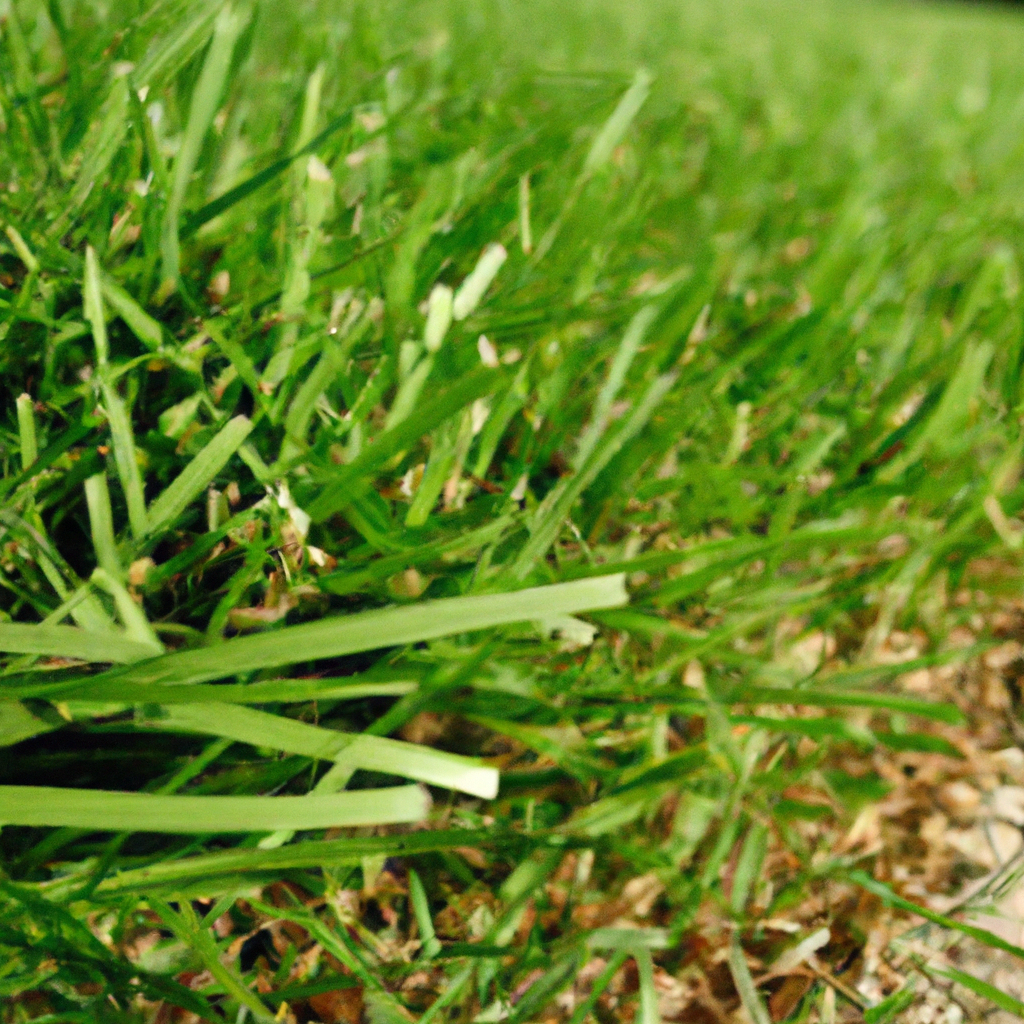
Mowing Tips
To ensure that you are mowing your lawn correctly and efficiently, consider implementing these essential mowing tips.
Proper Height Setting
Set your mower at the appropriate height for your grass type. Refer to the recommended height guidelines for your specific grass to avoid scalping or undermowing. Adjust the height of the mower as needed throughout the growing season to account for changing growth rates and weather conditions.
Avoiding Scalping
To avoid scalping your lawn, mow no more than one-third of the grass blade’s length at each mowing session. Cutting off more than this can stress the grass and promote weed growth. If your grass has become too long between mowing sessions, gradually reduce the height over the course of multiple mows to avoid removing too much at once.
Regular Blade Maintenance
Keep your mower blades sharp to ensure a clean and healthy cut. Dull blades can tear the grass and make it more susceptible to damage and disease. Regularly inspect the blades and sharpen or replace them as needed to maintain optimal mowing performance.
Timing Considerations
Mow your lawn when the grass is dry to achieve the best results. Mowing wet grass can lead to clumping, uneven cutting, and potential damage to the turf. Additionally, mowing during the cooler parts of the day, such as early morning or late afternoon, can help minimize stress on the grass and improve the overall mowing experience.
Other Lawn Care Considerations
While mowing frequency is an important aspect of lawn care, it is not the only factor to consider. Proper aeration, fertilization, watering, and weed control practices also contribute to a healthy and vibrant lawn.
Aeration
Regular aeration helps alleviate soil compaction and improves the flow of air, water, and nutrients to the grass roots. By promoting healthy root development, aeration can enhance the overall well-being of your lawn and reduce the need for frequent mowing.
Fertilization
Proper fertilization provides essential nutrients to support vigorous grass growth and overall lawn health. By following a regular fertilization schedule and providing your grass with the necessary nutrients, you can encourage a denser and stronger turf, potentially reducing the frequency of mowing.
Watering
Watering your lawn correctly is crucial for its health and survival. Deep and infrequent watering promotes deeper root growth, allowing the grass to access moisture more efficiently. By providing the grass with adequate hydration, you can promote healthy growth and reduce the need for frequent mowing.
Weed Control
Implementing proper weed control practices can help minimize weed growth and reduce the need for frequent mowing. Regularly inspect your lawn for weeds, and promptly remove or treat them to prevent their spread. Maintaining a dense and healthy turf through appropriate mowing, watering, and fertilization can also help minimize weed invasion.
In conclusion, finding the perfect mowing frequency for your lawn requires careful consideration of various factors, including grass type, climate, soil conditions, and lawn health. By understanding the intricacies of grass growth, the effects of mowing frequency, and employing proper mowing techniques, you can achieve a healthy and vibrant lawn. Remember to adjust the mowing frequency as needed based on growth rate changes, seasonal adjustments, and weather influences. By implementing these tips and considering other lawn care aspects like aeration, fertilization, watering, and weed control, you can create a lush and well-maintained lawn that is the envy of the neighborhood. So grab your mower and get ready to enjoy the satisfaction of a perfectly manicured lawn all summer long!
